What Is Spirulina: How To Make A Spirulina Algae Kit
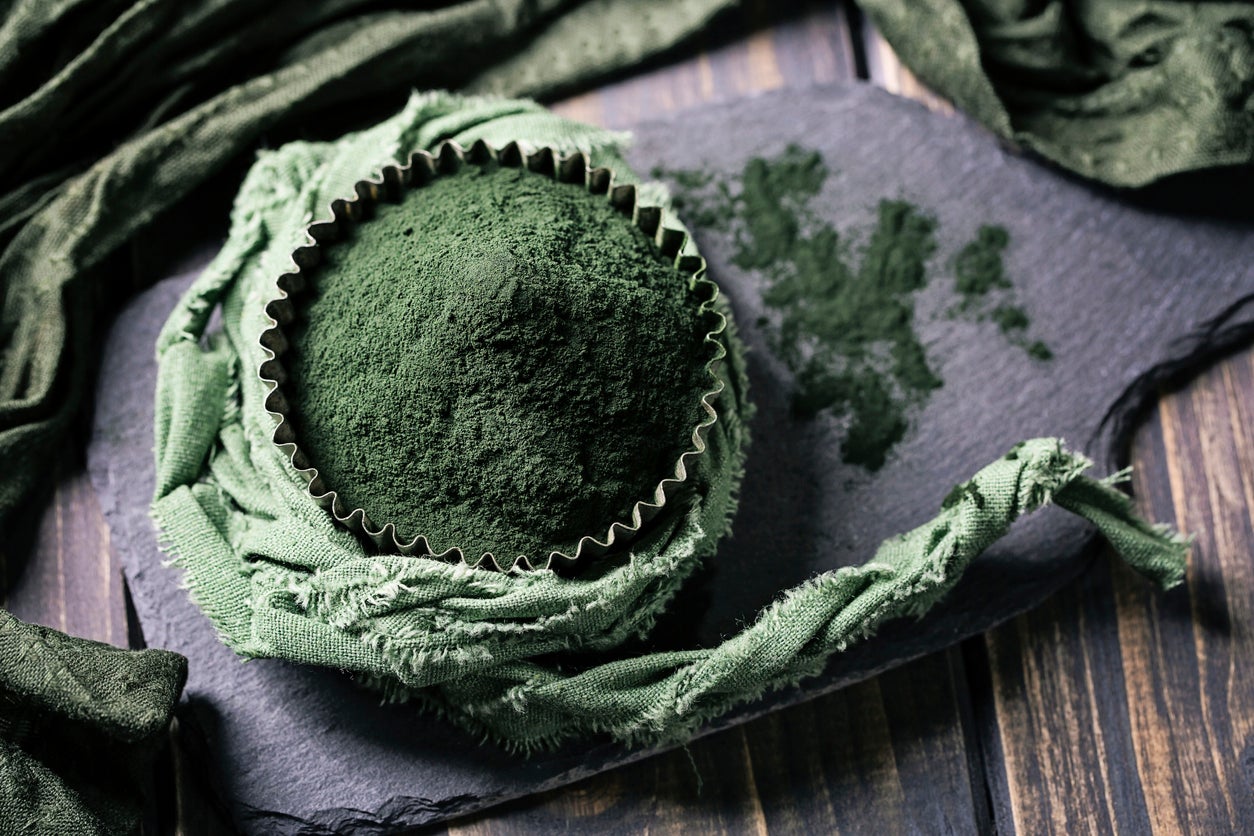

Spirulina may be something you’ve seen only in the supplement aisle at the drug store. This is a green superfood that comes in powder form, but it is actually a type of algae. So can you grow spirulina and enjoy its benefits from your own water garden? You sure can, and it’s easier than you think.
What is Spirulina?
Spirulina is a type of algae, which means it is a colony of single-celled organisms that produce foods by photosynthesis. Algae aren’t exactly plants, but there are a lot of similarities. Like our more familiar green vegetables, spirulina is nutrient dense. In fact, it may be one of the most nutritious of all green foods.
Some of the spirulina benefits you may get from supplementing your diet with this green powerhouse include:
- A complete protein from a non-animal source. Just one tablespoon of spirulina powder has four grams of protein.
- Healthy fats like polyunsaturated fats and gamma linoleic acid.
- Vitamins A, C, D, and E, as well as iron, potassium, magnesium, selenium, and other minerals.
- Vitamin B12, which is very hard for vegans to get from plants.
- Antioxidants.
How to Grow Spirulina
You can grow this superfood with a spirulina algae kit, but you can also make your own setup. You’ll need something to grow it in, like a fish tank, water (dechlorinated is best), a starter culture for spirulina, and a couple of small tools for stirring and collecting the algae at harvest time.
Set up the tank by a sunny window or under grow lights. Like true plants, algae need light to grow. Next, prepare the water, or growing medium, so that it has a pH around 8 or 8.5. Inexpensive litmus paper is an easy way to test the water, and you can make it more acidic with vinegar and more alkaline with baking soda.
When the water is ready, stir in the spirulina starter culture. You can find this online, but if you know someone who grows their own spirulina, take a small amount to use as a starter. Keep the water at a temperature between 55 and 100 degrees F. (13-37 C.). Add water as needed to keep it at the same level.
The safest way to harvest spirulina for eating is to wait until the water pH has reached 10. Other types of algae can’t grow in such an alkaline environment. To harvest, use a fine mesh to scoop out the algae. Rinse and squeeze out excess water and it’s ready to eat.
Gardening tips, videos, info and more delivered right to your inbox!
Sign up for the Gardening Know How newsletter today and receive a free copy of our e-book "How to Grow Delicious Tomatoes".
When you harvest spirulina, you’re taking nutrients out of the water, so it is important to add additional nutrient mix each time. You can buy this online from a spirulina supplier.

Mary Ellen Ellis has been gardening for over 20 years. With degrees in Chemistry and Biology, Mary Ellen's specialties are flowers, native plants, and herbs.
-
 Get Ready For A Summer Of Hummers! Grow These Full Sun Hummingbird Plants and Flowers
Get Ready For A Summer Of Hummers! Grow These Full Sun Hummingbird Plants and FlowersIf you’re lucky enough to enjoy a sunny backyard, make sure you are maxing out on your pollinator opportunities and grow these full sun hummingbird plants and flowers
By Tonya Barnett
-
 12 Lush Alternatives To A Lawn For Sustainable Spaces
12 Lush Alternatives To A Lawn For Sustainable SpacesAlternatives to a lawn are beautiful and also beneficial to your local ecosystem and its pollinators. Explore our top picks for plants to replace grass.
By Tonya Barnett
-
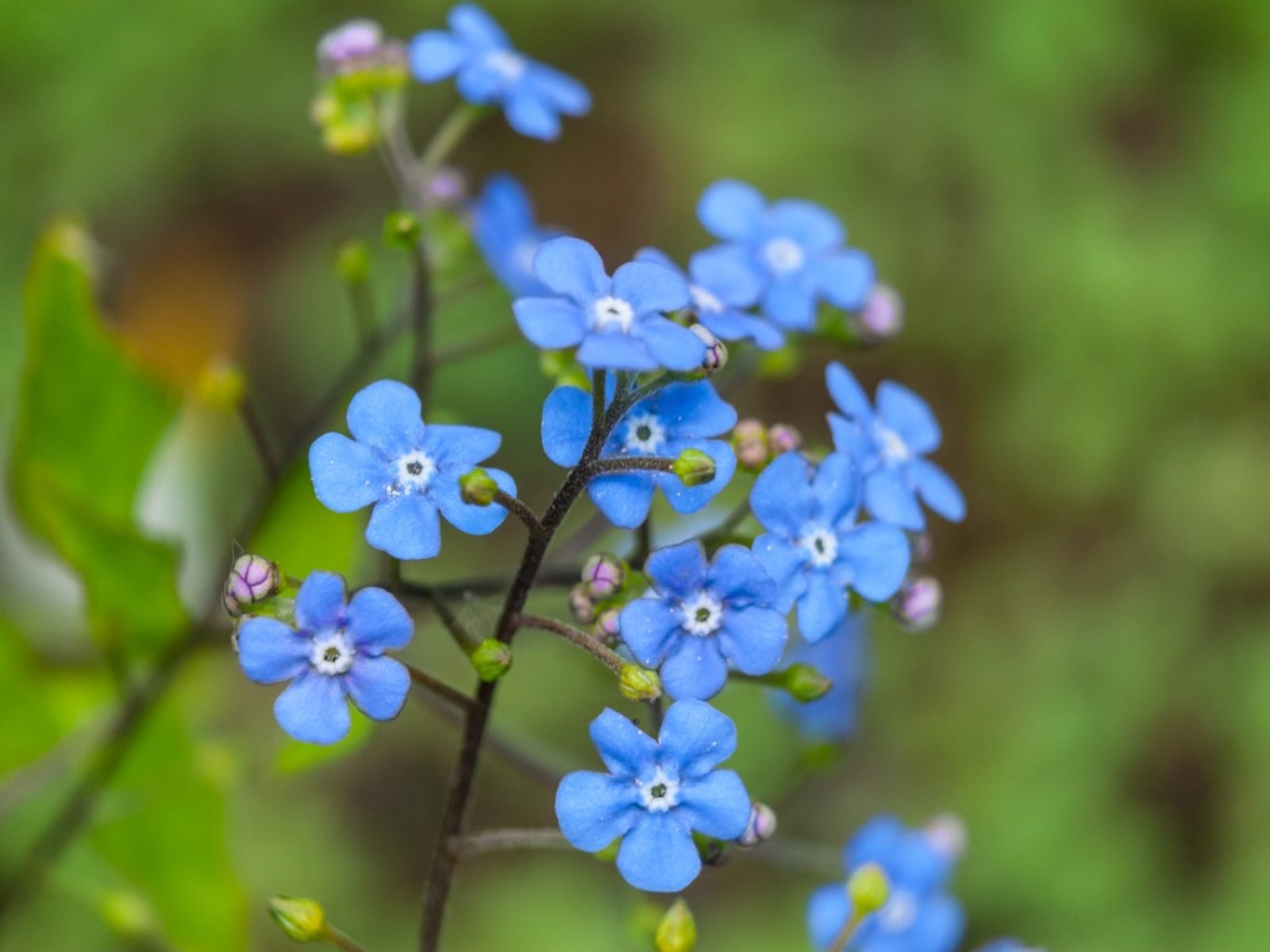 Flowering Pond Plants - Growing Aquatic Flowers
Flowering Pond Plants - Growing Aquatic FlowersAdding flowering pond plants to natural and manmade water features can be an easy way to quickly beautify a space with lush greenery and vibrant bursts of seasonal color. Read on for more.
By Tonya Barnett
-
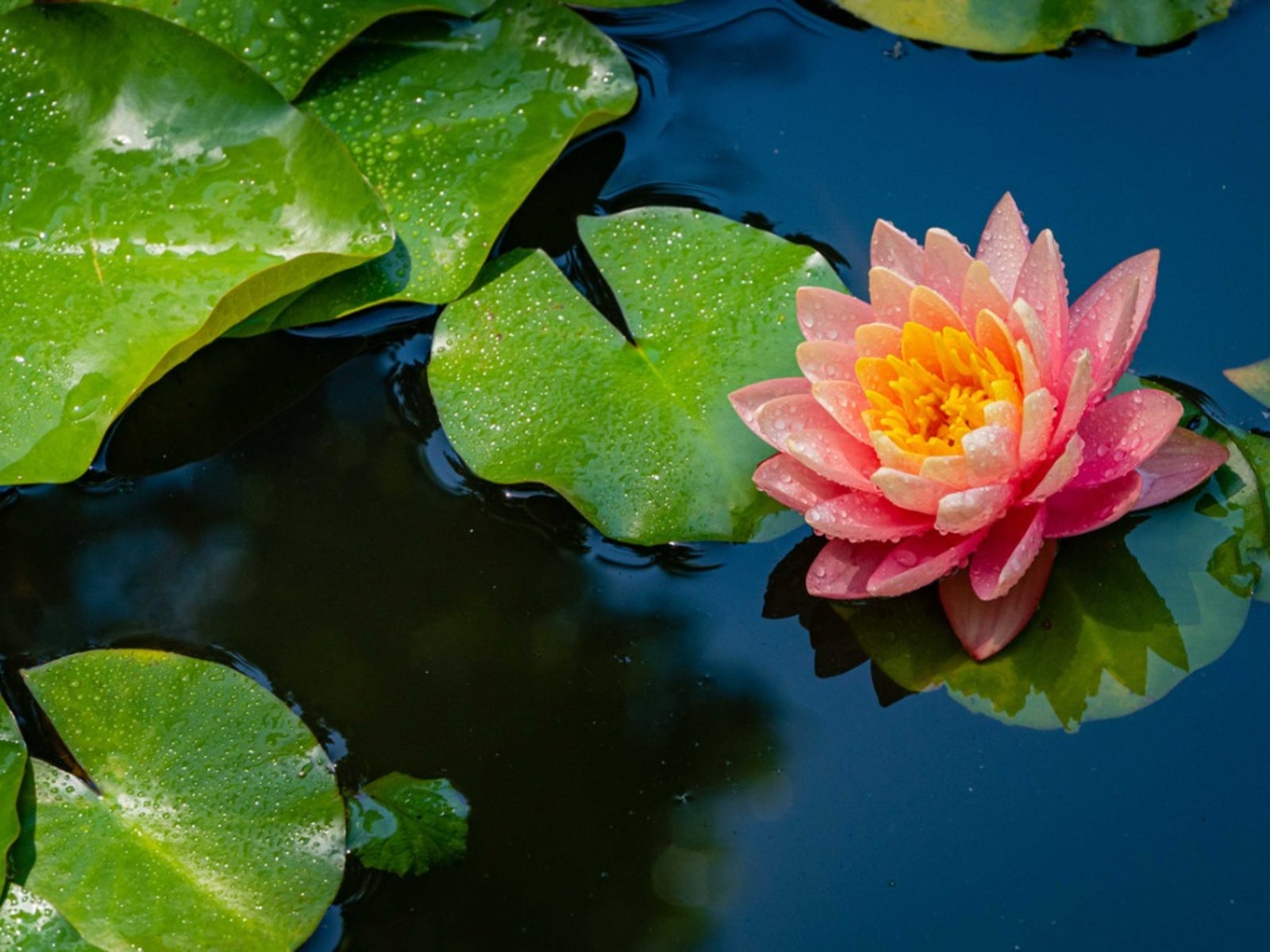 Full Sun Aquatic Plants - Full Sun Floating Pond Plants
Full Sun Aquatic Plants - Full Sun Floating Pond PlantsThere are pros and cons to putting a pond in full sun, but it's very doable. Here are some ideas to get you started.
By Mary Ellen Ellis
-
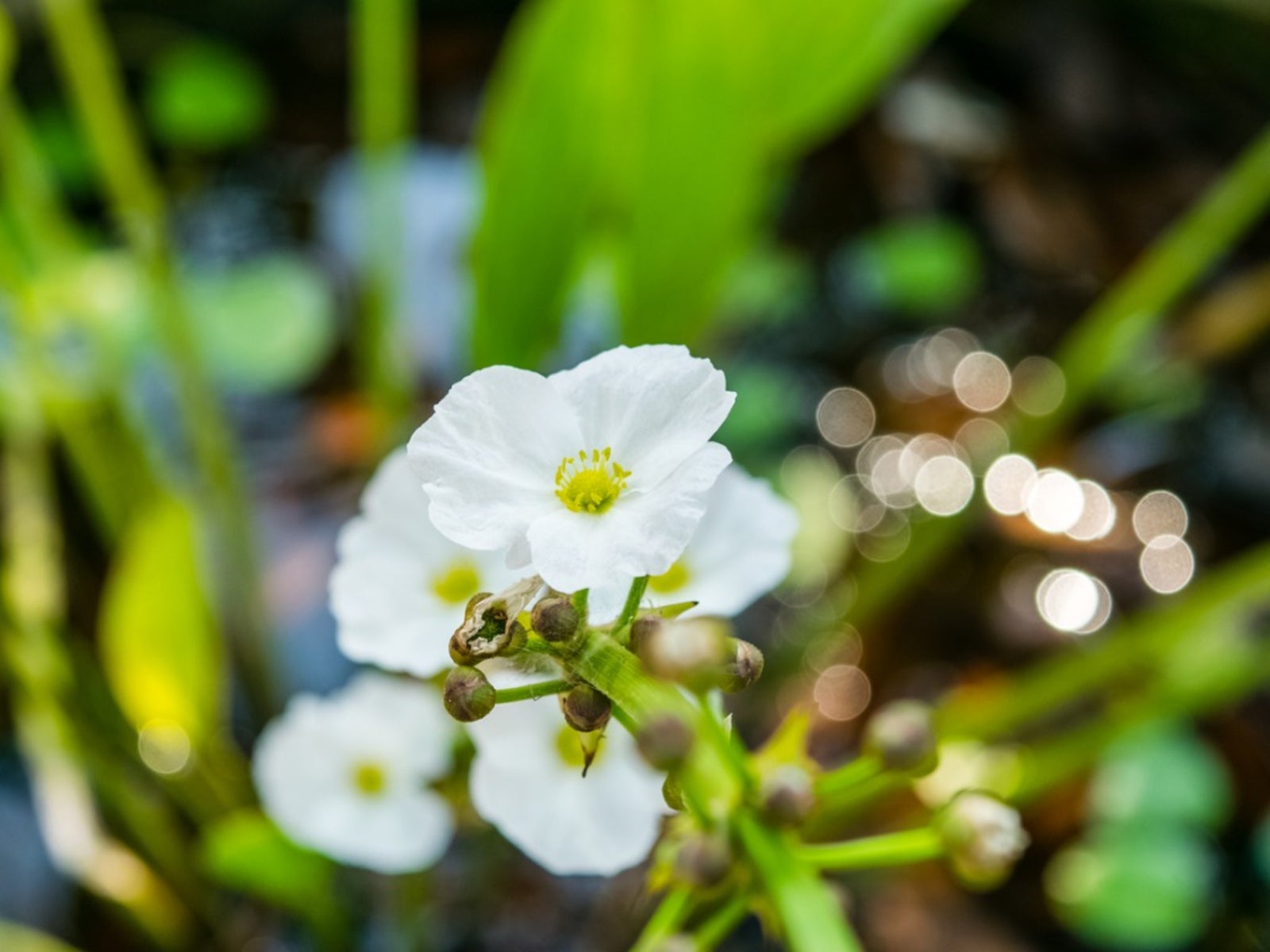 Echinodorus Creeping Burhead – Information On Creeping Burhead Plant Care
Echinodorus Creeping Burhead – Information On Creeping Burhead Plant CareCreeping burhead plants are members of the water plantain family and commonly used in freshwater aquariums or outdoor fishponds. Echinodorus creeping burhead is native to the eastern half of the United States. To learn more about the creeping burhead plant click the following.
By Laura Miller
-
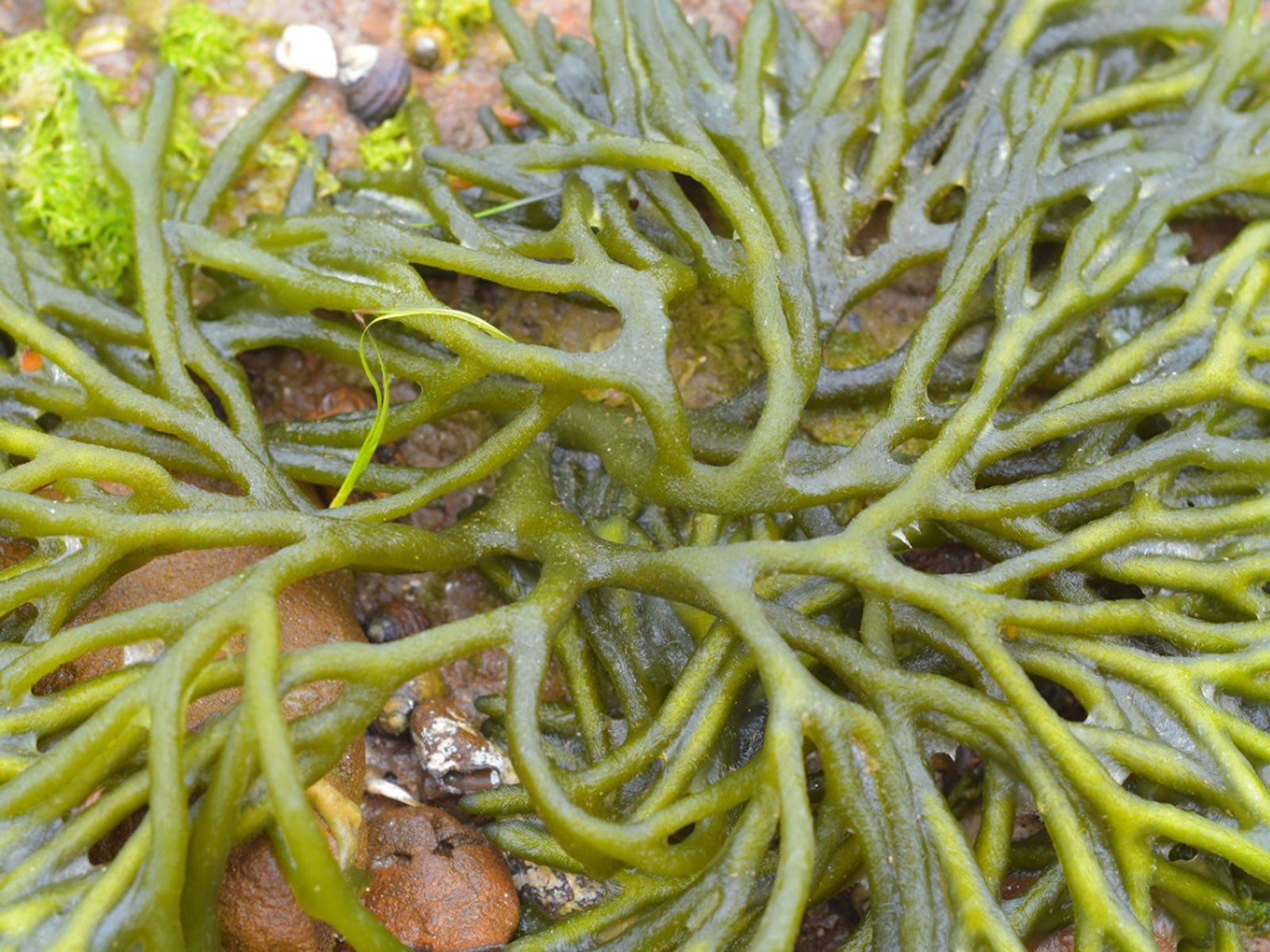 What Is A Saltwater Aquarium: Plants For Saltwater Aquariums
What Is A Saltwater Aquarium: Plants For Saltwater AquariumsBuilding and maintaining a saltwater aquarium requires some expert knowledge in choosing the right plants. Here are some choices to start with.
By Mary Ellen Ellis
-
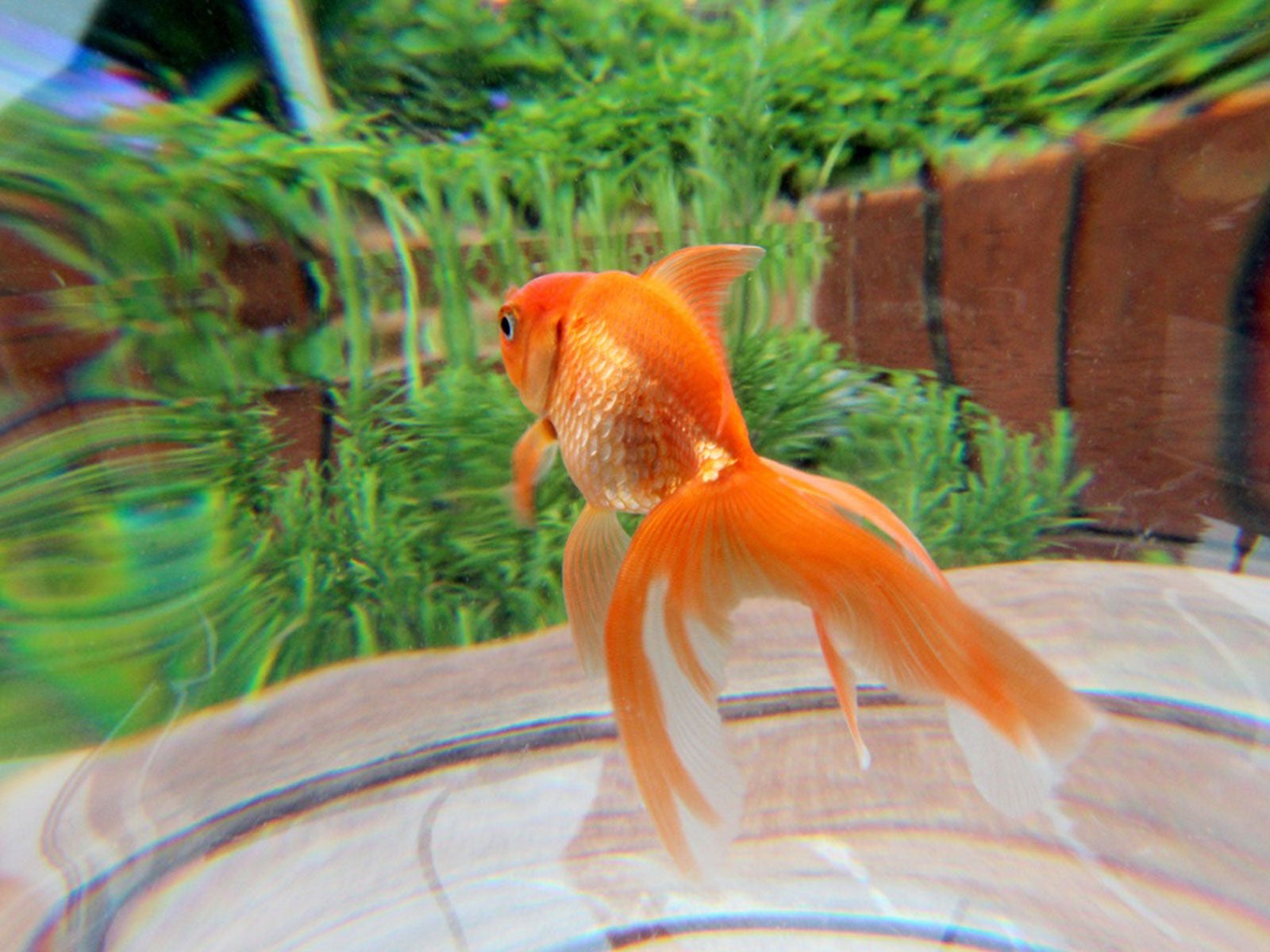 Outdoor Aquarium Ideas: Putting A Fish Tank In The Garden
Outdoor Aquarium Ideas: Putting A Fish Tank In The GardenAquariums are generally made for inside the house, but why not have a fish tank outside? Click here for tips and ideas on backyard aquariums.
By Mary Ellen Ellis
-
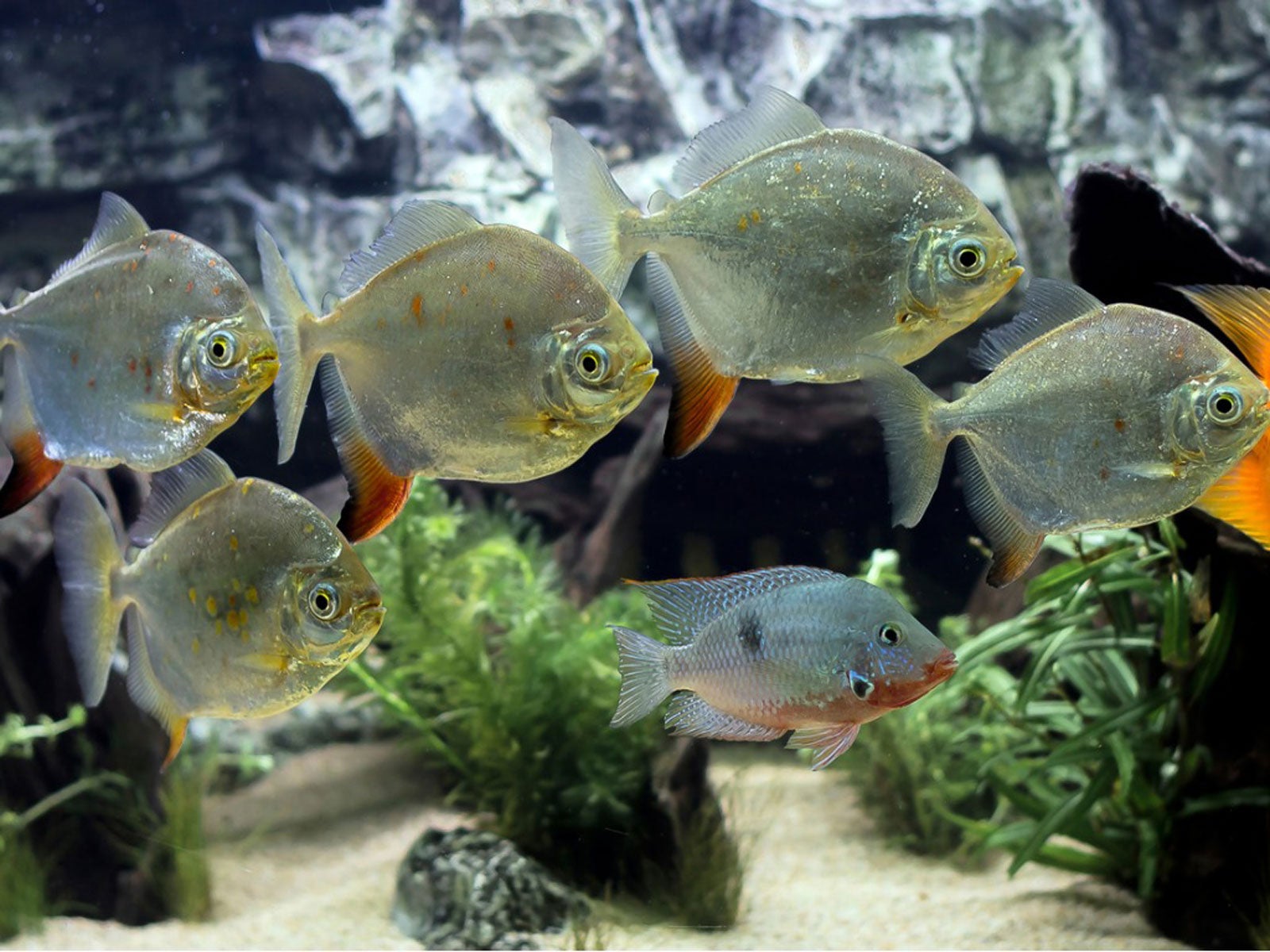 Fish That Eat Plants – Which Plant Eating Fish Should You Avoid
Fish That Eat Plants – Which Plant Eating Fish Should You AvoidGrowing plants with aquarium fish is rewarding, but if you want to combine plants and fish, learn what aquarium fish to avoid. This article will help.
By Mary H. Dyer
-
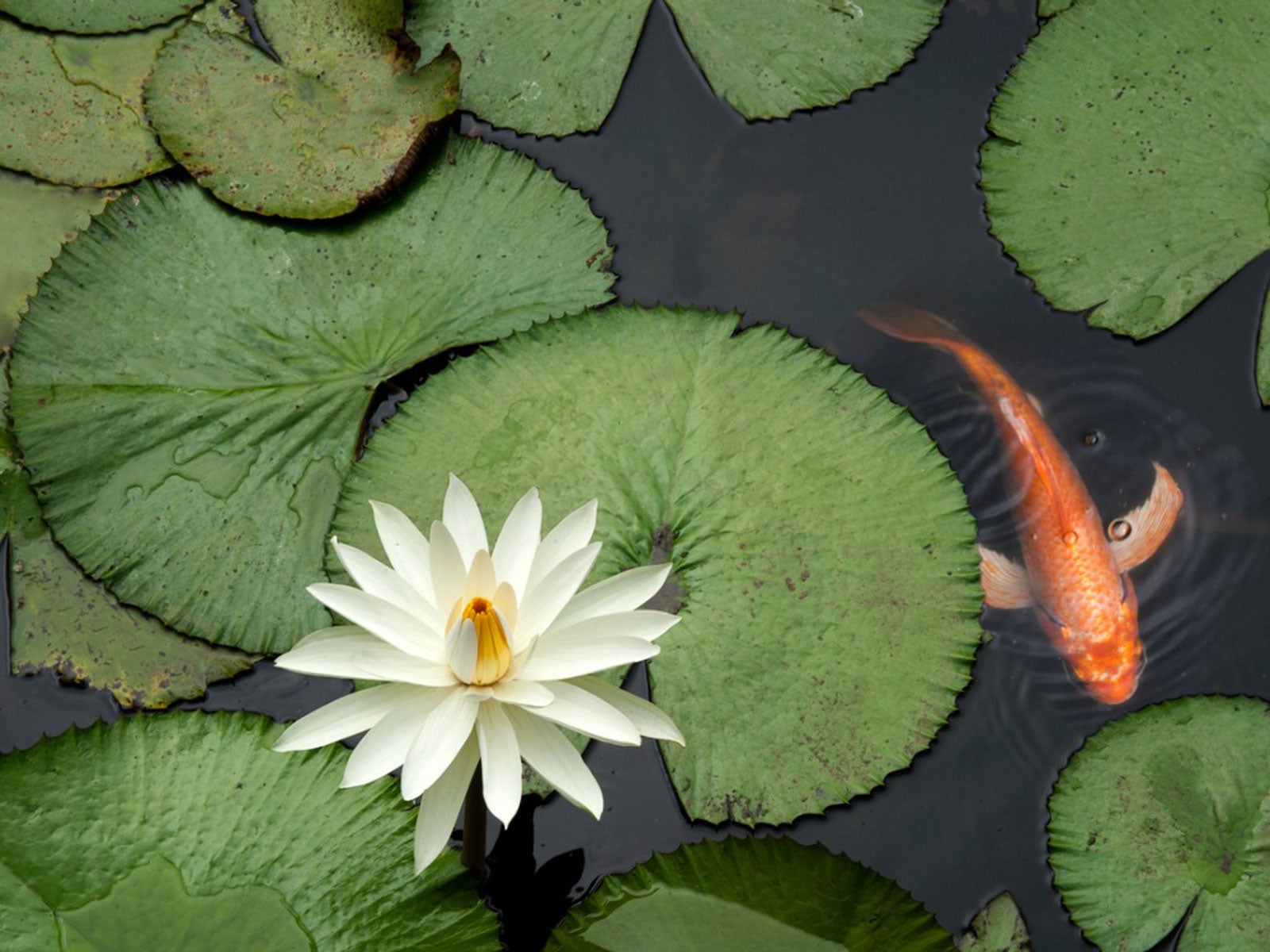 Is Pond Fertilizer Bad For Fish: Learn About Fish Safe Fertilizer
Is Pond Fertilizer Bad For Fish: Learn About Fish Safe FertilizerUsing fertilizer around fishponds must be done with care. Excess nitrogen causes algae, but can also contaminate the water and affect fish. Learn more here.
By Bonnie L. Grant
-
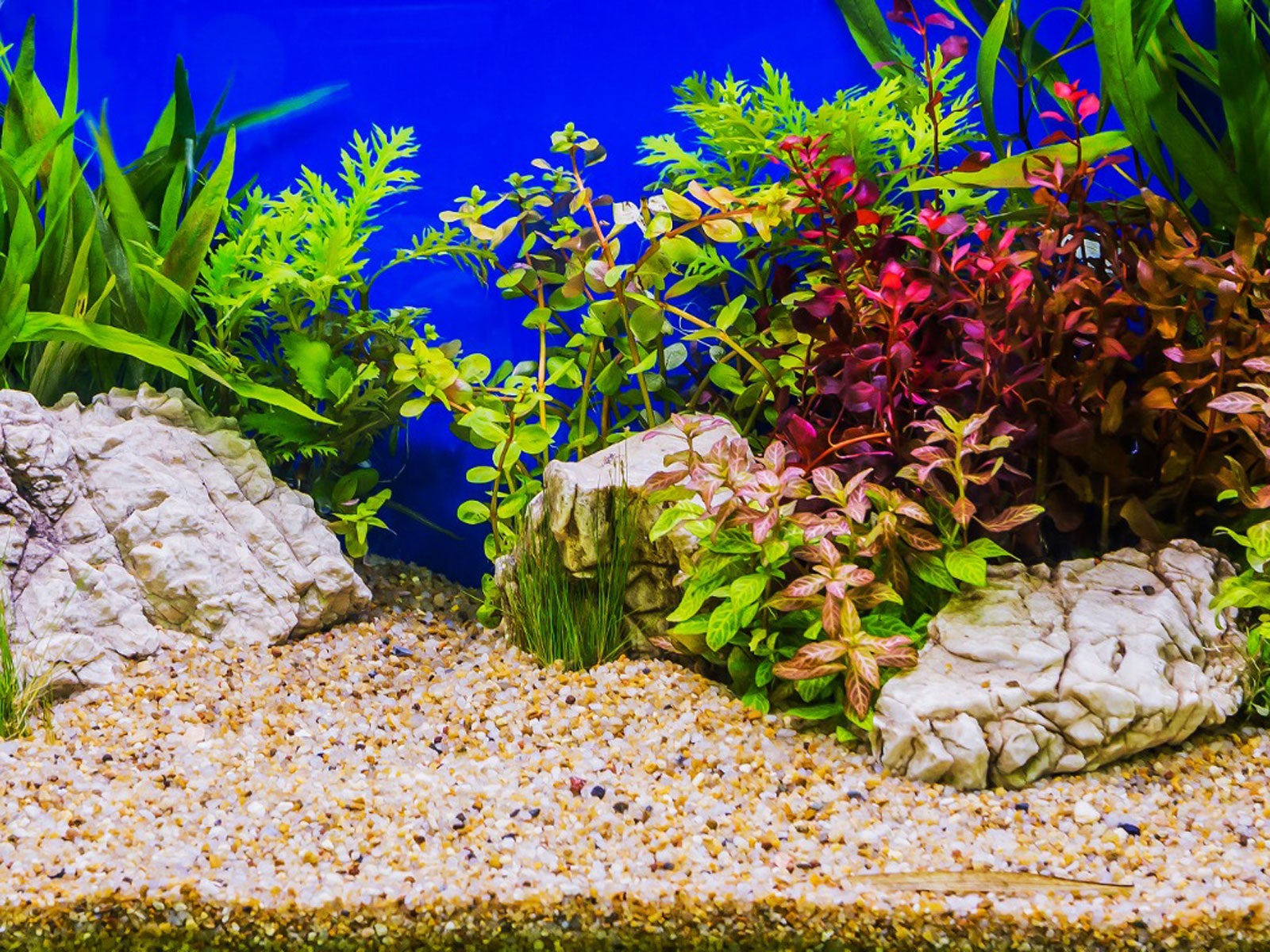 What Is Aquascaping – Creating An Aquarium Garden
What Is Aquascaping – Creating An Aquarium GardenAquatic gardening can be a rewarding endeavor, especially when aquascaping. Click this article to learn more about creating an aquarium garden.
By Nikki Tilley